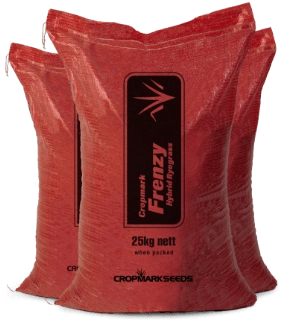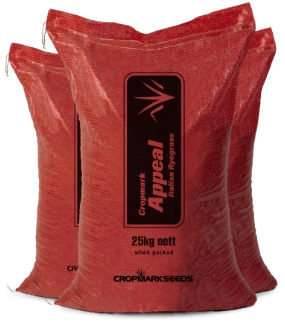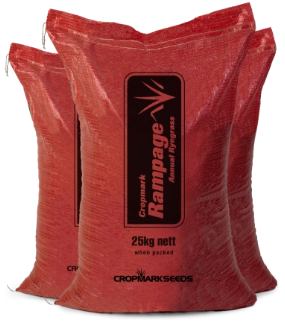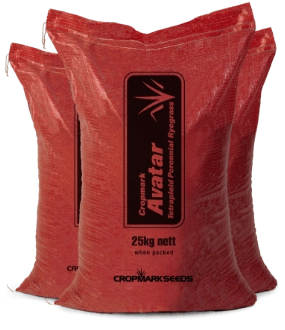Growing closer
We walk alongside you every step of the way to deliver on your production and profitability goals.

Forage seed selector
Need help selecting the right seed?
Use our forage seed selector to find the best Cropmark seed for your farm.
Get started




















